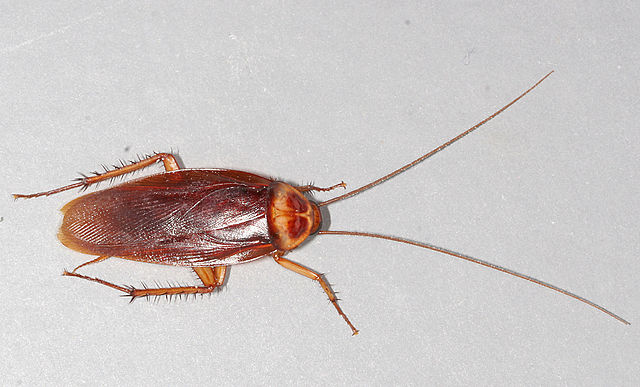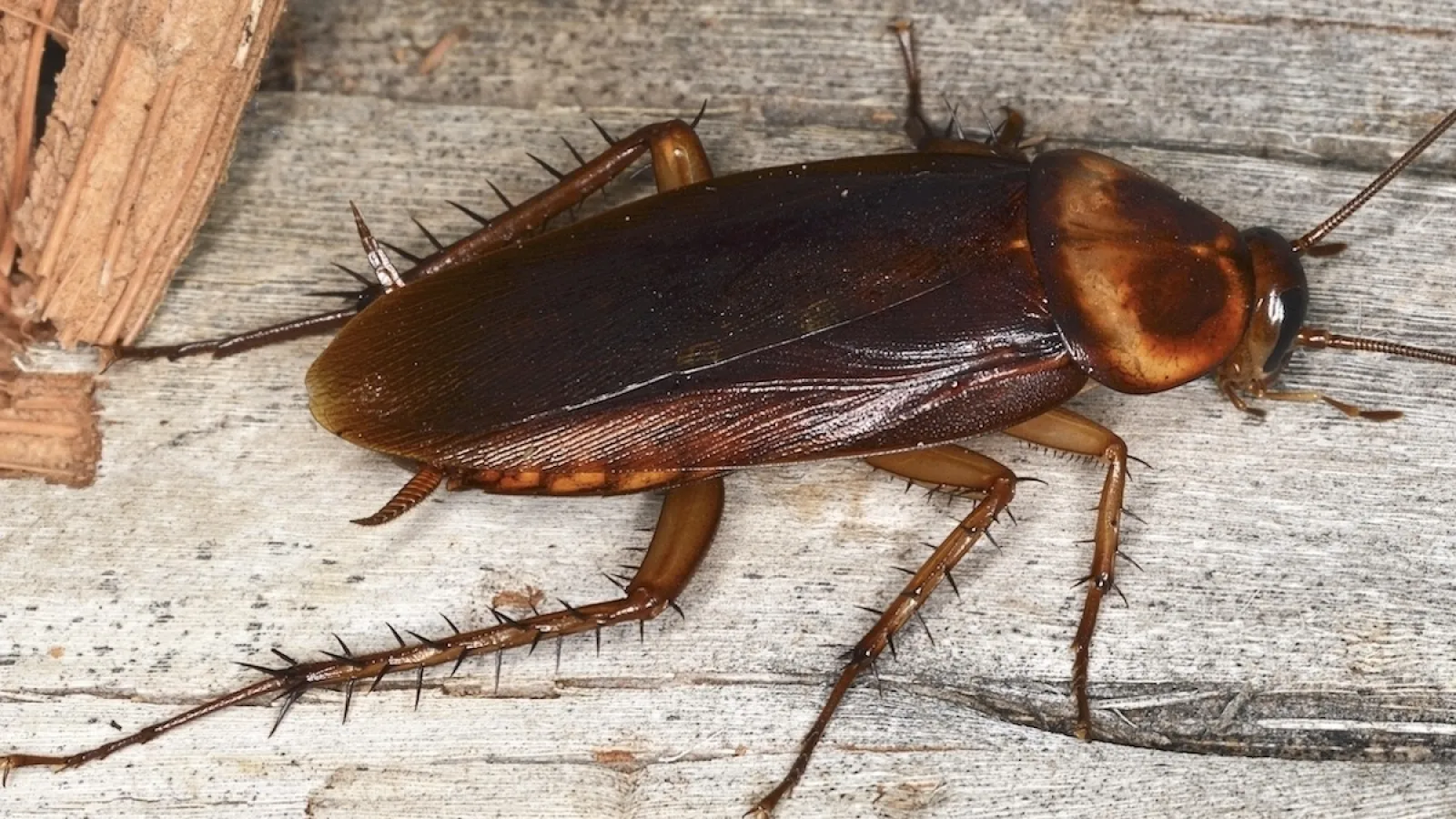
Ah, the American cockroach. A creature that sends shivers down the spines of even the most seasoned homeowner. These resilient pests, also known as “water bugs” or “palmetto bugs,” are notorious for their size, speed, and unfortunately, their ability to quickly turn a clean home into an unsettling infestation.
But fear not, dear reader! Knowledge is power, and understanding your adversary is the first step in winning the battle against these unwanted houseguests. This comprehensive guide will equip you with everything you need to know about American cockroaches, from identifying their telltale signs to implementing effective prevention and elimination strategies. Let’s reclaim our homes and bid these creepy crawlies farewell!
What Makes an American Cockroach? Understanding the Enemy
Before we declare war, let’s take a moment to study our opponent. Recognizing an American cockroach is surprisingly easy due to their distinctive characteristics:
- Size: These aren’t your tiny, easily-squashed insects. American cockroaches are giants of their kind, measuring between one to three inches long. Imagine a creature the size of your thumb scuttling under your fridge – that’s the reality we’re dealing with!
- Color: Sporting a reddish-brown to light brown exoskeleton, these roaches often have a yellowish band or marking on the top of their heads, adding a touch of (unwanted) flair to their appearance.
- Shape: Picture an oval, then add six legs, two long, straight antennae, and a pair of wings. Yes, you read that right – wings! While not all cockroaches fly, the American cockroach is quite capable of taking to the air, making them even more formidable.

American Cockroach Habits: Where They Lurk and What They Crave
Understanding the behavior of American cockroaches is crucial in predicting their movements and cutting off their resources. Here’s a glimpse into their world:
- Outdoor Dwellers: These roaches are quite fond of the great outdoors, especially in warmer climates. You’ll often find them lurking in damp, humid areas like gardens, mulch piles, and under rocks or debris.
- Indoor Invaders: When the weather turns harsh or food becomes scarce outdoors, American cockroaches won’t hesitate to seek refuge in the warm, inviting confines of our homes. Basements, drains, pipes, cracks in walls, and spaces under appliances become their preferred indoor havens.
- Voracious Eaters: American cockroaches aren’t picky eaters. They’ll happily feast on any organic matter they can scavenge, from decaying leaves and fungi to crumbs on your kitchen counter and forgotten leftovers in the back of your pantry.

The Circle of (Cockroach) Life: Understanding Their Reproduction
The reproductive prowess of American cockroaches is, simply put, astounding and a key reason why infestations can spiral out of control so quickly. Here’s a breakdown of their life cycle:
- Metamorphosis: Like many insects, American cockroaches undergo three main stages of development: egg, nymph, and adult.
- Egg Production: A female American cockroach can produce a staggering 16 to 32 eggs per week, encased in a protective casing called an ootheca.
- Rapid Development: It takes approximately four to six months for a nymph to mature into an adult, ready to reproduce and continue the cycle.
- Lifespan: An adult American cockroach can live for up to two years, meaning they have ample time to produce a multitude of offspring.
Telltale Signs: Recognizing an American Cockroach Infestation
Early detection is key to preventing a full-blown cockroach takeover. Keep an eye out for these telltale signs of an infestation:
- Visual Sightings: Seeing even a single American cockroach indoors is a red flag. Where there’s one, there are likely many more hiding out of sight.
- Droppings: American cockroaches leave behind small, reddish-brown droppings that resemble coffee grounds or black pepper. You might find these droppings in areas where they congregate, such as under sinks, in cabinets, or near food sources.
- Egg Casings: Discarded egg casings, brown and capsule-shaped, are another clear indication of an infestation.
- Musty Odor: A persistent, musty odor, often described as “oily” or “sweet,” can permeate the air when a large number of cockroaches are present.

Waging War: Effective Strategies for Eliminating American Cockroaches
Now that we know our enemy, it’s time to fight back! Here are some effective strategies for eliminating American cockroaches:
- Sanitation is Key: Depriving cockroaches of food and water is the first line of defense. Clean your home thoroughly, paying close attention to kitchens, bathrooms, and any areas where food is stored or prepared. Seal cracks and crevices in walls, floors, and around pipes to eliminate entry points.
- Traps and Baits: Strategically placed sticky traps can help monitor cockroach activity and capture some of the population. Baits, containing insecticides that cockroaches consume and carry back to their nests, can be effective in eliminating larger infestations.
- Insecticides: Insecticides, available in sprays, dusts, and foggers, can provide quick knockdown of cockroach populations. However, it’s important to choose products labeled for indoor use and to follow all instructions carefully.
- Professional Extermination: For severe or persistent infestations, it’s best to call in the professionals. Pest control experts have the knowledge, experience, and specialized treatments to effectively eliminate cockroaches and prevent future infestations.
Beyond Elimination: Preventing Future Infestations
Once you’ve successfully evicted your unwelcome cockroach guests, it’s crucial to take steps to prevent them from returning. Here are some preventative measures to implement:
- Maintain Cleanliness: Regular cleaning, including vacuuming, sweeping, and mopping, removes food sources and makes your home less appealing to cockroaches.
- Proper Food Storage: Store food, including pet food, in airtight containers and avoid leaving dirty dishes out overnight.
- Reduce Moisture: Repair leaky pipes and faucets promptly and use dehumidifiers in damp areas like basements to create an environment less hospitable to cockroaches.
- Seal Entry Points: Caulk or seal any cracks or gaps around windows, doors, and utility lines to prevent cockroaches from entering your home.
American Cockroaches and Your Health: Understanding the Risks
Beyond the “ick” factor, American cockroaches can pose health risks to humans. These pests are known to carry bacteria, such as E. coli and Salmonella, which can cause food poisoning. Their droppings and shed skin can also trigger allergies and asthma in some individuals.
Resources for Further Information:
- The National Pest Management Association (NPMA): https://www.pestworld.org/
- The Environmental Protection Agency (EPA): https://www.epa.gov/safepestcontrol
Remember, knowledge is power! By understanding the habits, life cycle, and vulnerabilities of American cockroaches, you can effectively combat these resilient pests and reclaim your home as a safe and comfortable haven.








